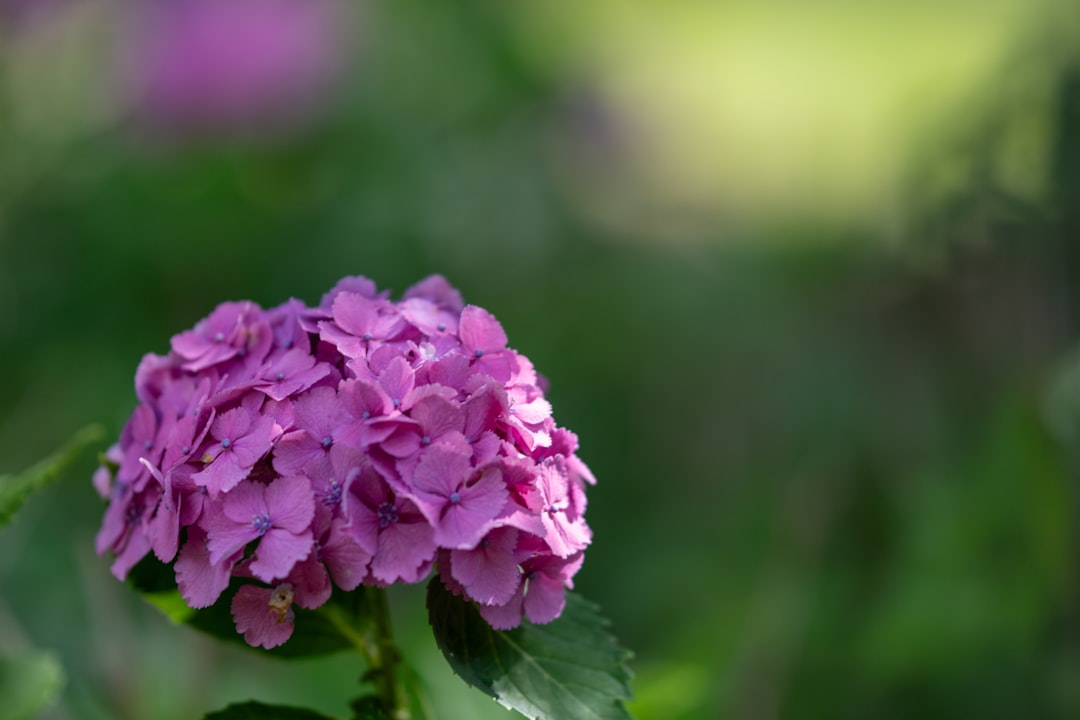Northeast Lawn - Care: A Seasonal Guide

Maintaining a beautiful and healthy lawn in the Northeast region of the United States can be a rewarding experience. However, it requires careful planning and timely actions. A well - structured lawn - care calendar can take the guesswork out of yard work, ensuring that you mow, aerate, fertilize, and seed your yard at the right times.
### Spring
Spring is a crucial time for lawn care in the Northeast. As the snow melts and the temperatures start to rise, your lawn begins to wake up from its winter slumber.
Mowing: Once the grass starts growing, you can begin mowing. Set your mower blade to a height of about 2.5 to 3 inches. This height helps the grass develop a strong root system and shades the soil, reducing weed growth. Start mowing when the grass reaches about 4 inches in height.
Aerating: Spring is an excellent time to aerate your lawn, especially if the soil is compacted. Aeration allows air, water, and nutrients to penetrate the soil more easily. You can use a core aerator, which removes small plugs of soil from the lawn. This process should be done when the soil is moist but not waterlogged.
Fertilizing: Apply a slow - release fertilizer with a high nitrogen content in early spring. Nitrogen promotes lush, green growth. Look for a fertilizer with a ratio such as 20 - 5 - 10. Follow the manufacturer's instructions for application rates based on the size of your lawn.
Seeding: If you have bare patches in your lawn, spring is a good time to overseed. Choose a grass seed variety that is suitable for the Northeast climate, such as Kentucky bluegrass or fine fescue. Rake the bare areas lightly to loosen the soil, spread the seed evenly, and then cover it with a thin layer of topsoil or compost.
### Summer
The Northeast summers can be hot and humid, which can pose challenges to your lawn.
Mowing: During the summer, keep your mower blade at a slightly higher setting, around 3 to 3.5 inches. Taller grass helps retain moisture in the soil and provides shade to the roots. Mow less frequently, as the grass may grow more slowly in the heat.
Watering: Water your lawn deeply and infrequently. Aim to provide about 1 to 1.5 inches of water per week, either from rainfall or irrigation. Water in the early morning to reduce evaporation.
Fertilizing: Avoid heavy fertilization during the hot summer months. Instead, you can apply a light, slow - release fertilizer in mid - summer if your lawn shows signs of nutrient deficiency.
Weed Control: Summer is when weeds can become a problem. Use a selective herbicide to control broadleaf weeds, but be careful not to apply it during extremely hot weather, as it can damage your lawn.
### Fall
Fall is a critical time for lawn care in the Northeast, as it prepares the lawn for the upcoming winter.
Mowing: Gradually lower the mower blade height as the fall progresses. By the end of the season, aim for a grass height of about 2 inches. This helps prevent snow mold and other winter diseases.
Aerating: Fall is another good time to aerate your lawn. The cooler temperatures and more consistent moisture make it an ideal environment for the grass to recover from the aeration process.
Fertilizing: Apply a fall - specific fertilizer with a high potassium content. Potassium helps strengthen the grass roots and improves cold tolerance. A fertilizer with a ratio like 10 - 0 - 20 is suitable.
Seeding: Fall is the best time to overseed your entire lawn. The soil is still warm, and the cooler air temperatures are ideal for grass seed germination. Follow the same seeding process as in the spring.
### Winter
During the winter, your lawn goes dormant.
Leave the Leaves: While it may seem counterintuitive, leaving a thin layer of leaves on your lawn can provide some insulation and protection from the cold. However, make sure the leaves are not too thick, as they can smother the grass.
Avoid Traffic: Try to avoid walking or driving on your lawn during the winter, as the frozen grass is more susceptible to damage.
By following this lawn - care calendar, you can ensure that your Northeast lawn remains healthy, green, and beautiful throughout the year. Remember, each lawn is unique, so you may need to adjust these recommendations based on your specific lawn conditions and local climate.